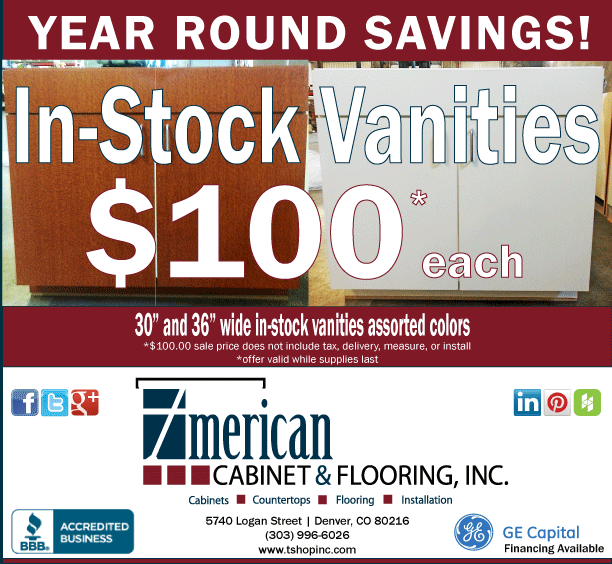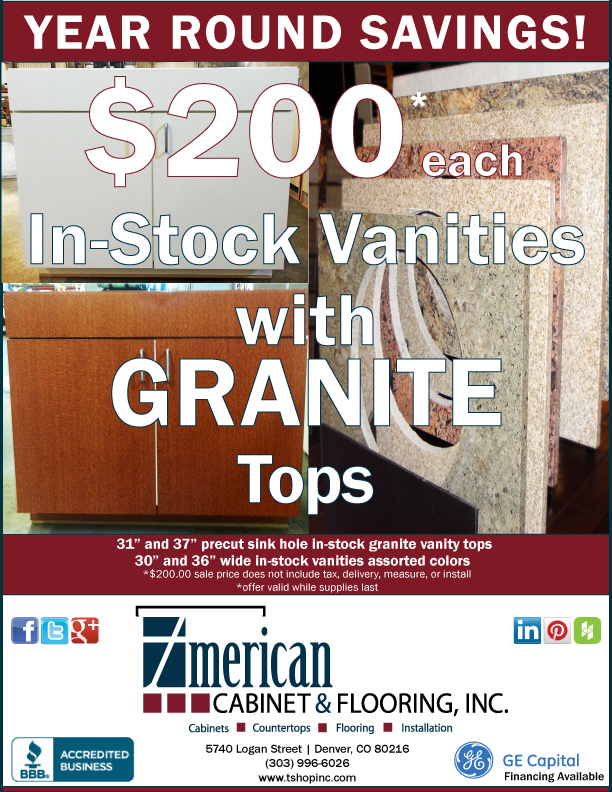Hey, have you heard the one about the 36-inch pro-style range that ripped the molding off the back door on its way into the house? Or the poured-on-site concrete countertop that cracked three months after installation? Or maybe it was the contractor who was paid in advance, promptly skipped town, and was never heard from again.
Well, misery may love company, but what we all crave is a happy ending - a smart - looking, functional workspace that is a source of comfort and efficiency. To help you get there, we've complied this handy guide to some common kitchen-remodeling disasters and offer expert strategies for steering clear of them.
For each major phase of the job: - hiring, planning, budgeting, and living through it - we've got an easy plan to follow. Take our advice, and your biggest regret when your dream kitchen is complete will be that you didn't do it sooner.
Finding the Best Pros
Kitchen remodeling is at the top of homeowner's wish lists. It is also, according to attorneys general across the country, a leading source of consumer complaints. Recommendations from friends are the best place to start your search for a qualified contractor. But before you make a decision, keep these caveats in mind:
- They're only as good as their last job. "General contractors often win jobs based on their good reputations," explains architect Dennis Wedlick, author of "Good House Hunting: 20 Steps to Your Dream Home." "But circumstances can change. When the contractor switches subcontractors or laborers, quality can be affected." Ask your top three candidates to supply references, and follow up with the most recent ones.
- What you see is what you get. In addition to completed renovations, try to visit a job in progress. You can learn a lot about a contractor's commitment to quality and safety by seeing for yourself how clean the site is and how carefully the drywall is hung and taped.
- The best ones are worth waiting for. The best contractors tend to be the busiest ones. Build your schedule around the GC of your dreams, not vice versa. Keep the crew happy by following the three R's:
- Refreshments - you don't have to cater three squares a day, but at least offer a thermos of coffee or a cooler with soft drinks and some snacks. They'll appreciate it.
- Responsibility - the crew can't work efficiently if you're in the way. Ask questions, but don't overwhelm them with your TOH-taught (This Old House) smarts. And teach kids and pets the meaning of KEEP OUT.
- Respect - say good morning, good night, and good job when appropriate. And please: don't ask if they've met any desperate housewives lately. The appliances can be top-of-the-line, the finishes the most expensive around, but if the space doesn't work, it's money down the brand-new In-Sink-Erator.
Plan, Plan, Plan the Smartest Layout
An experienced designer can save you time and money by heading off potential problems. Kitchen planners know all the tricks: how to maximize storage, smart substitutions for high-end materials, even the best local contractors for the job. But first, they need a few things from you. Here are a few things that'll help on your first meeting.
 20/20 Design Proposal Drawing by Designer Ed Sheats
20/20 Design Proposal Drawing by Designer Ed Sheats
- An architectural rendering or to-scale drawing of your existing kitchen, showing the location of windows, doors, heating, plumbing lines, and electrical outlets. If you're not working with an architect, you can do it yourself with 3-D kitchen design software.
- A detailed wish list indicating your goals for remodeling. Do you want more space? More storage? More style? A built-in dog bed? Organize by priority, from the "must haves" to the "in our dreams."
- An idea folder: pictures of rooms, products, materials, and architectural details that appeal to you; notes on what you like about friend's kitchens (and hate about your own); and general concepts translated from other areas of your life. Are you a neat freak? Glass-front cabinets are sleek, but you may be happier with painted doors that conceal clutter.
Cut Costs Without Cutting Corners
One of the surest ways to shave costs is to do more with what you've got. So before taking the sledgehammer to your existing kitchen, try this: empty every drawer and cupboard. Revisit where you've been putting things. Is there an organizational scheme that makes more sense? Think in zones, storing items closest to where they are used.
"In the end," says architect Dennis Wedlick, "you may like the reconfiguration so well that you'll decide to just paint and stick with the kitchen you've got." And if you do go forward, you'll have a clearer sense of how you really use the kitchen, which will help save time and money on the redesign. But if you kind of need to cut corners, here are a few budget-balancing scenarios:
Problem #1: You really need more storage space, but you plan to move in a few years and would rather not invest in custom cabinets. Custom-crafting every nook and cranny for the way you cook may not be the most economical use of your dollars when someone else - with different cooking and lifestyle habits - will be living in your kitchen before the home-equity loan is paid off.
Affordable alternative: Consider working a walk-in pantry into your plan. It's a remarkably economical way to upgrade your kitchen - a pantry can supply as much storage as a wall or more of custom built-ins.
Problem #2: You want granite countertops, but they'll bust the budget. Granite's resistance to moisture, scratching, and high heat makes it a perennially popular (if pricey) choice.
Affordable alternative: If you love the look of granite - or soapstone or marble or handcrafted tile for that matter - work it into your plan. But instead of using it for every countertop, try limiting it to a high-visibility island or to the areas flanking the range. Elsewhere, use less expensive options like plastic laminate or ceramic tile. Mixing also adds visual interest.
Problem #3: You want a lighter, brighter kitchen, but knocking down walls just isn't an option. The space may be drab and dingy, but it gets the job done, and a major overhaul isn't in the budget right now.
Affordable alternative: Sometimes a well-planned lighting scheme is all it takes to brighten a kitchen. Spend the bucks for the services of a professional planner or lighting designer. That plus simple cosmetic upgrades, such as a fresh paint job, new cabinet hardware, upgraded countertops or flooring, and a couple of new appliances can totally transform the space. Save untold thousands by sticking to the original layout.

 Friday, August 10, 2012 at 10:27AM
Friday, August 10, 2012 at 10:27AM  Pictured Above: This kitchen has a third prep area visible beyond the island with access to the prep sink, microwave and island.We have been crowding into kitchens to enjoy the camaraderie of friends and family since house parties were invented. Candice Olson, in the the introduction to her book, Candice Olson Kitchens and Baths, puts it this way: "Today's kitchen is all about a well-planned space that makes cooking a completely interactive experience between family and friends."
Pictured Above: This kitchen has a third prep area visible beyond the island with access to the prep sink, microwave and island.We have been crowding into kitchens to enjoy the camaraderie of friends and family since house parties were invented. Candice Olson, in the the introduction to her book, Candice Olson Kitchens and Baths, puts it this way: "Today's kitchen is all about a well-planned space that makes cooking a completely interactive experience between family and friends."







































